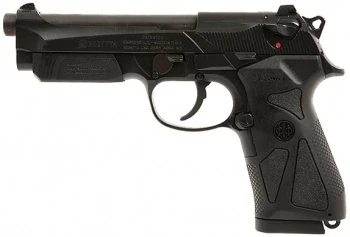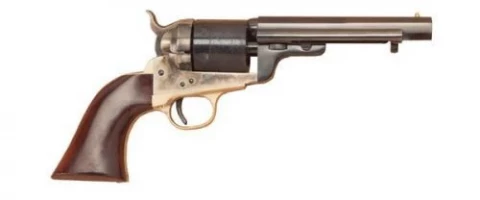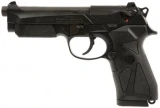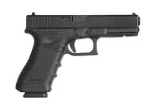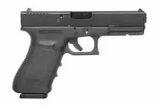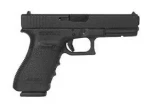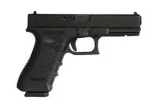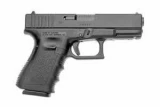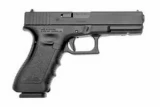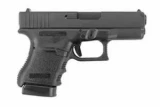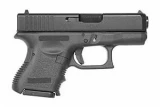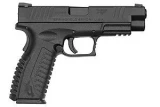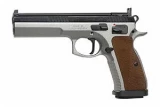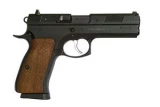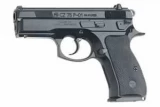Beretta 90-TWO vs Cimarron 1851 Richards-Mason
Put handguns head to head to compare caliber and more.
|
$409.85
|
vs |
$541.74
|
| Handguns | Beretta 90-TWO | Cimarron 1851 Richards-Mason |
|---|---|---|
| Summary | ||
| Rating | ||
| Rank | ||
| Action | Double Action | Single |
| Caliber | 9x19mm Parabellum | .38 Special |
| Capacity | 17+1 | 6 |
| Sights | Night Sights | Fixed |
| Barrel Length | 4.9" | 5.5" |
| Finish | Black | Case Hardened |
| Gun Type | Pistol | Revolver |
| Details | ||
| Brand | Beretta | Cimarron |
| Reviews | See 20 Reviews | See 3 Reviews |
| Prices | ||
| MSRP | $413.85 | $521.74 |
| Used Price | $289.70 | $365.22 |
| Sale Price | $372.47 | $469.57 |
Handguns Descriptions
Beretta 90-TWO
The newly designed frame of 90two pistol ensures trouble-free insertion and holster extraction, thanks to its rounded and truly snag-free surfaces. Inside the frame, near the disassembly lever, a metallic recoil buffer reduces the impact of the slide assembly against the frame during the shooting cycle. By redistributing the stresses, the recoil buffer increases the service life of the firearm. Trigger guard is also rounded to ensure, when firing with two hands, the correct positioning of the supporting hand.
Cimarron 1851 Richards-Mason
In 1871, Colt employee Charles Richards was awarded a patent for converting Colt percussion models to breech loading cartridge revolvers. The Richards cartridge conversion was an instant success. On July 2, 1872, William Mason, another Colt employee, was awarded a patent for an improvement to the Richards model. Conversion models remained popular with cowboys (many originals will be found with imprints of fence staples on the butt) even after the introduction of the 1873 Colt. This was due to the low cost of conversion models.

